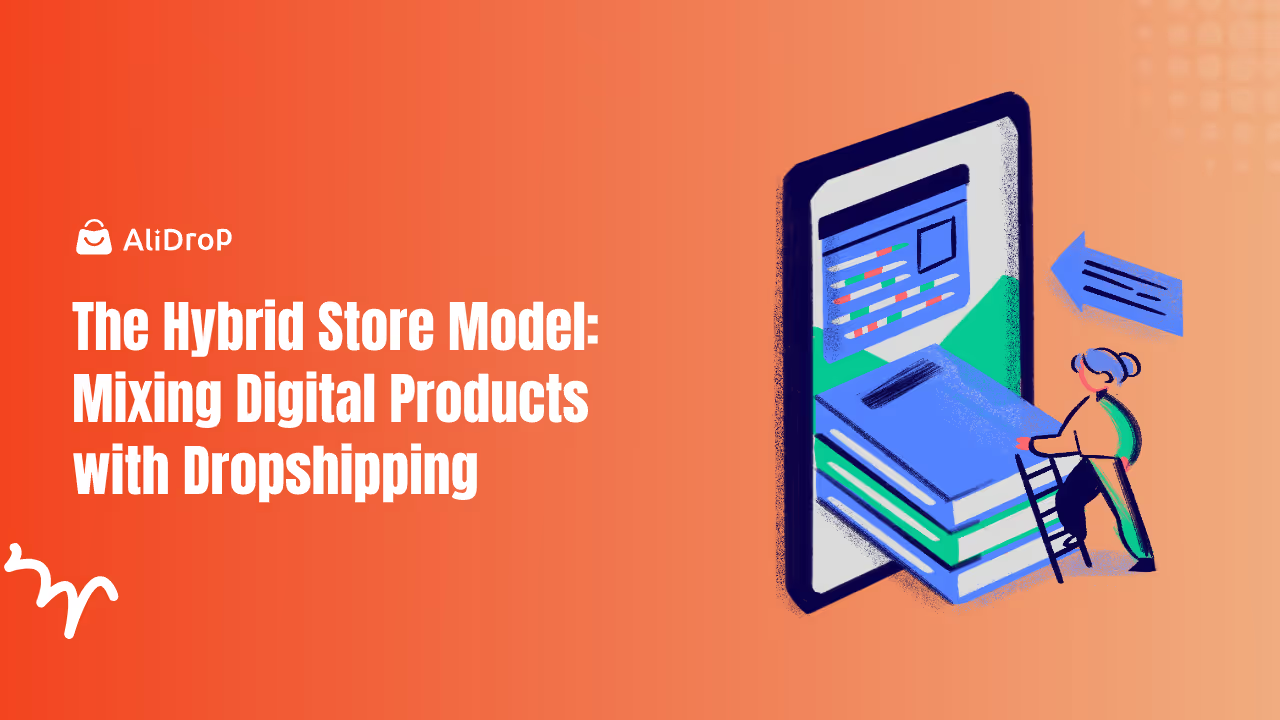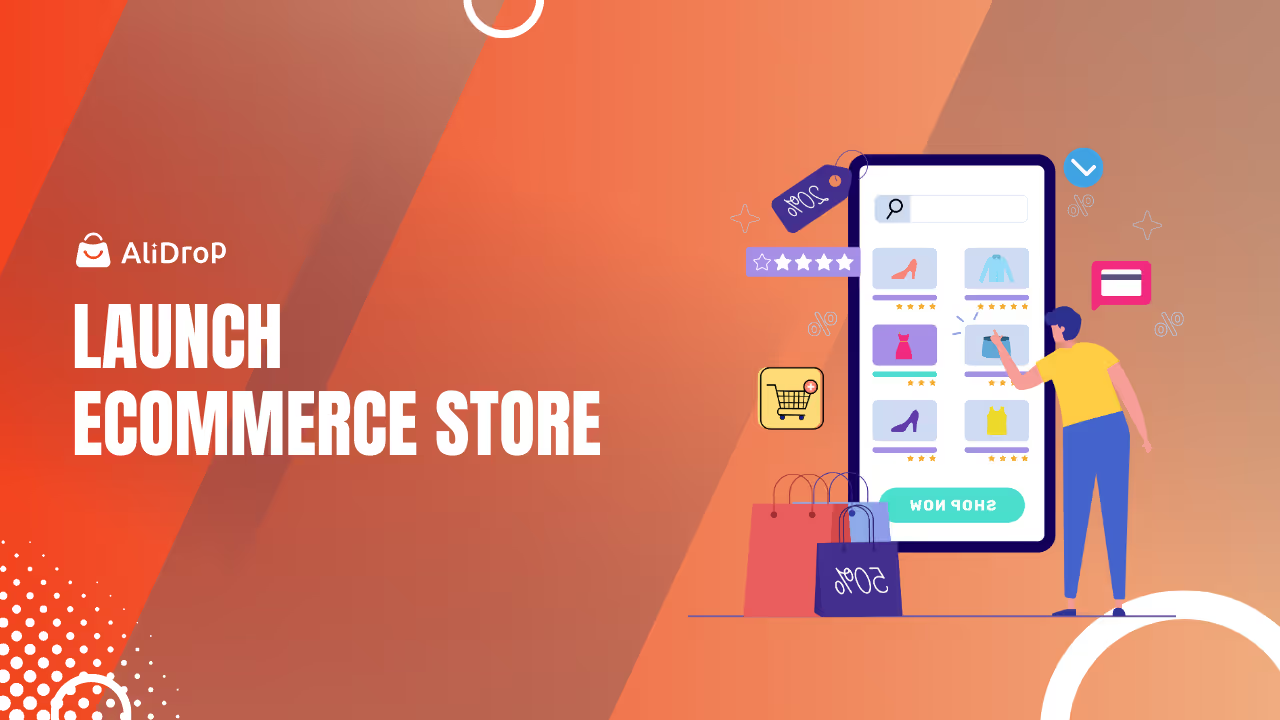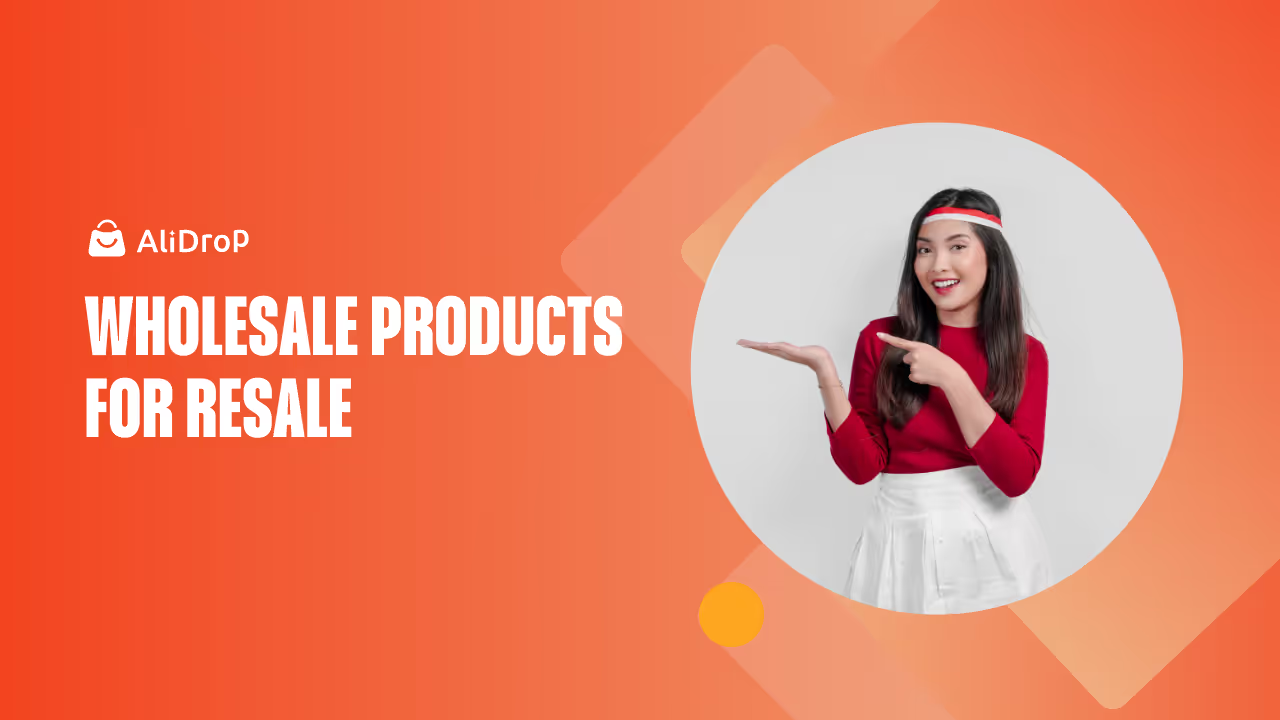Running a dropshipping store doesn't mean you're limited to physical products. Smart entrepreneurs are building hybrid store models that combine traditional dropshipping with digital products—ebooks, templates, courses, and downloads that have zero shipping costs and unlimited inventory.
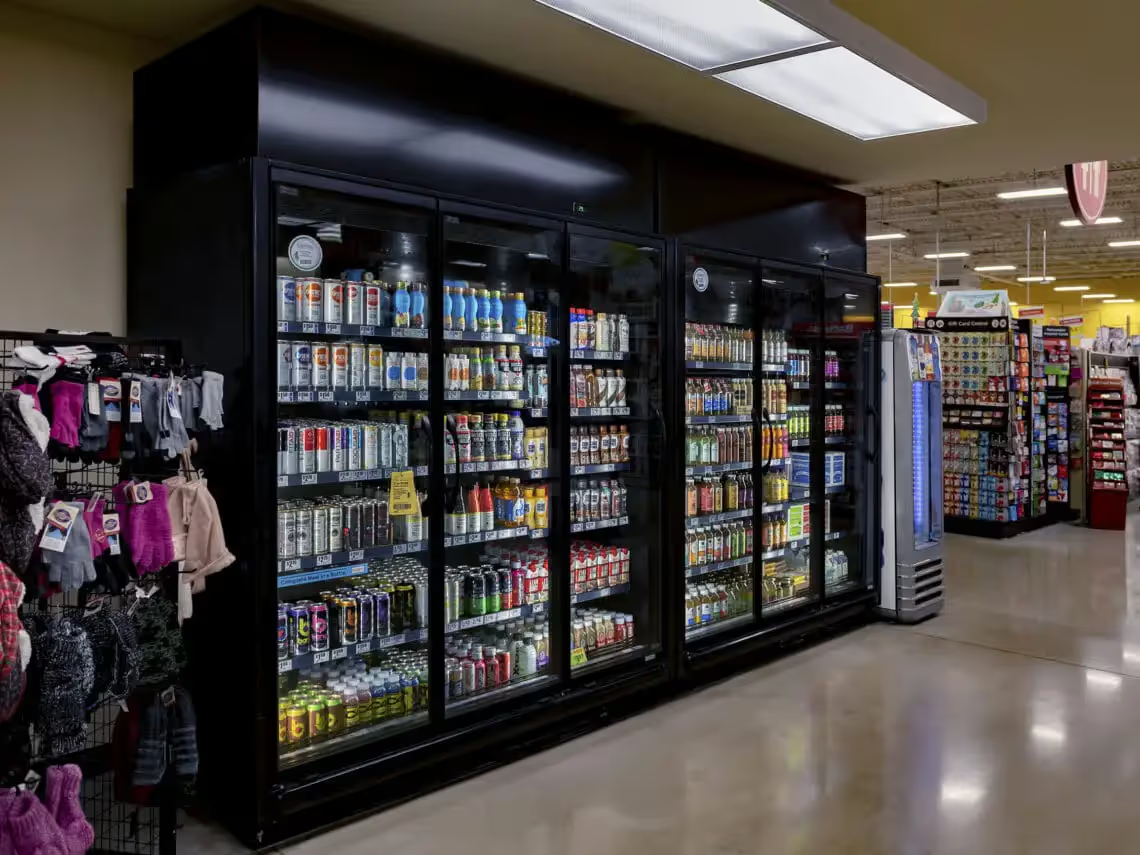
This hybrid store model lets you offer customers both physical items they can touch and digital resources they can access instantly, creating multiple revenue streams within one business framework.
What Is a Hybrid Store Model?
A hybrid store model blends physical product dropshipping with digital product sales in a single online store. You can sell phone cases through traditional dropshipping while simultaneously offering phone photography guides as digital downloads. Both products serve the same customer but fulfill different needs through different delivery methods.
This approach differs from pure dropshipping stores that only sell physical items and pure digital stores that exclusively offer downloads. The hybrid store model gives you flexibility to test multiple product types, serve broader customer needs, and maximize revenue per customer by offering complementary physical and digital products.
Components of a Hybrid Store Model

Physical products handled through dropshipping form the first component. These items—clothing, accessories, home goods, electronics—ship from suppliers to customers. You never touch inventory but still provide tangible products that customers receive in the mail.
Digital products make up the second component. Templates, guides, courses, music files, printables, and software downloads deliver instantly through automated systems. Once created or licensed, digital products sell infinitely without reordering inventory or managing shipping logistics.
The integration layer connects both product types through unified store management, shared branding, and coordinated marketing. Customers shop one store and can add both physical and digital items to the same cart without confusion or friction.
Why the Hybrid Store Model Works in 2025?
Consumer shopping behavior has shifted dramatically toward instant gratification and convenience. People want some products immediately and others delivered to their doorstep. The hybrid store model satisfies both preferences within one shopping experience.
Digital products provide instant revenue without shipping delays or costs. When customers purchase digital items, you receive payment immediately and automated systems deliver the product within seconds. This creates cash flow that doesn't depend on supplier fulfillment speed or shipping carrier reliability.
Physical products through dropshipping offer tangible value that digital items can't replicate. Many customers still prefer owning physical objects they can see, touch, and display. Dropshipping lets you provide these products without warehouse overhead or inventory risk.
Market Demand for Hybrid Offerings
Research shows consumers increasingly purchase both physical and digital products from the same brands they trust. Someone buying fitness equipment also wants workout plans and nutrition guides. A customer purchasing art supplies values tutorial videos and technique guides that complement their purchases.
The hybrid store model lets you capture more customer wallet share by serving multiple needs. Instead of sending customers elsewhere for related digital resources, you become their complete solution provider. This increases customer lifetime value and reduces competition from other sellers.
E-commerce platforms now provide built-in tools for selling both product types, making hybrid operations simpler than ever. You don't need separate stores or complex technical setups—everything runs through one dashboard.
Types of Products to Combine in Your Hybrid Store Model
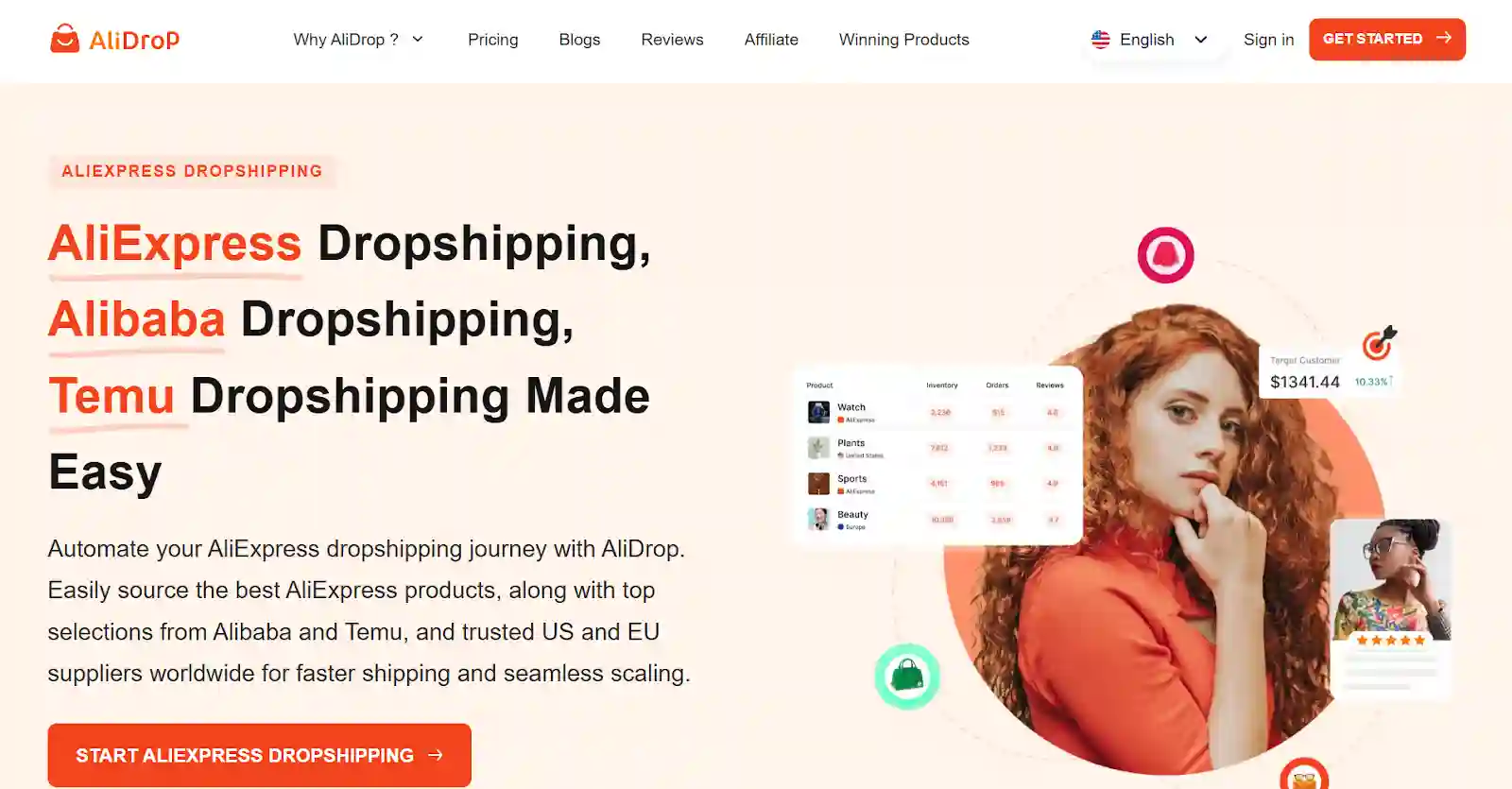
Successful hybrid stores pair products logically so customers see clear value in buying both. The combinations should solve related problems or enhance the core product experience.
Physical Products from Dropshipping
Choose physical products based on your niche expertise and target market needs. Popular categories include fashion and accessories, home decor, fitness equipment, electronics and gadgets, beauty and skincare, and hobby supplies.
Platforms like AliDrop make sourcing physical products straightforward by connecting you with AliExpress, Alibaba, and Temu suppliers. You can import trending products with one click, automate order fulfillment, and sync inventory automatically across your Shopify or other ecommerce platform.
Focus on products with strong profit margins and reliable shipping times. Items that photograph well and have lower return rates work best for dropshipping operations. Consider using custom branding options to differentiate your products from competitors selling identical items.
Digital Products to Create or License
Digital products require upfront work to create but sell repeatedly without additional costs. Popular digital products include ebooks and guides, printable planners and templates, online courses and video tutorials, stock photos and graphics, music and audio files, and software or app licenses.
You can create your own digital products using your expertise or license existing products from creators who allow resale rights. Many marketplaces offer private label rights or reseller licenses for digital content you can rebrand and sell as your own.
Start with simpler digital products like PDF guides or templates before building complex courses or software. Test market demand with basic offerings and expand your catalog based on what customers actually buy.
Strategic Product Pairing Ideas
Pair products strategically so each enhances the other's value. Fitness equipment with workout programs, art supplies with tutorial videos, kitchen gadgets with recipe ebooks, photography gear with editing presets, and home organization products with decluttering guides all represent strong combinations.
The physical product attracts customers searching for tangible items while digital products increase order value and provide instant gratification. Someone buying resistance bands might add a training guide at checkout for an extra $15—pure profit with zero fulfillment costs.
How to Set Up Your Hybrid Store Model
Building a hybrid store model requires technical setup, product sourcing, and systems integration. Follow these steps to launch successfully without overwhelming yourself.
Platform Selection and Configuration
Choose an ecommerce platform that supports both physical and digital product sales natively. Shopify works well with its Digital Downloads app for handling digital files alongside physical products. WooCommerce offers similar functionality through plugins.
Configure your store to handle different product types with appropriate settings. Physical products need shipping calculations, tracking integrations, and supplier connections. Digital products require automated delivery systems, download limits, and file security.
Test your checkout process to confirm customers can purchase both product types together smoothly. Some platforms require specific configurations to allow mixed carts with physical and digital items.
Sourcing and Creating Products
Source physical products through dropshipping suppliers and directories. AliDrop provides access to millions of products from verified suppliers with automated order processing and custom branding options. Import products directly to your store with product descriptions and images ready to use.
Create or source digital products based on your niche and expertise. If you're not ready to create original content, look for private label rights products or create simple templates and guides that complement your physical products.
Organize products into clear categories so customers understand what they're buying. Keep physical and digital products in separate collections or mark them clearly to avoid confusion about delivery methods.
Automation and Fulfillment
Automate as much as possible to reduce manual work. Physical products should automatically forward to suppliers through AliDrop's order automation. Digital products should deliver instantly through automated systems when customers complete purchases.
Set up email sequences that deliver digital products with clear instructions and support information. Include download links in order confirmation emails and provide backup access through customer accounts.
Monitor both fulfillment types for issues. Physical products may face shipping delays while digital products occasionally encounter download problems or file access issues. Have support processes ready for both scenarios.
Benefits of Running a Hybrid Store Model
The hybrid store model offers distinct advantages over selling only physical or only digital products. The benefits of running a hybrid store model are as follows:
Multiple Revenue Streams
Creating multiple income sources reduces risk when one product type faces challenges. If physical product shipping faces disruptions, digital products continue generating revenue uninterrupted. When digital product sales slow, physical products maintain income flow.
Digital products typically offer higher profit margins since there's no cost of goods sold beyond initial creation. Physical products through dropshipping have lower margins but attract more customers through visual appeal and search traffic. The combination lets you optimize for both high-volume low-margin physical sales and low-volume high-margin digital sales simultaneously.
Improved Customer Lifetime Value
Customers who purchase both product types spend more over their relationship with your store. The hybrid store model creates multiple touchpoints and purchase opportunities that increase long-term value per customer.
Someone buying a physical product can return for digital products later without additional advertising costs. Digital product buyers might purchase physical items when they see relevant offerings in your store.
This cross-selling potential makes customer acquisition more profitable since each customer has higher potential value than in single-product-type stores.
Instant vs Delivered Gratification
Different customers want different delivery experiences. Some value instant access while others prefer waiting for physical delivery of tangible items. The hybrid store model accommodates both preferences. Digital products satisfy immediate needs without shipping wait times. Customers can start using guides, templates, or courses seconds after purchase, creating positive experiences that encourage reviews and referrals.
Physical products provide the satisfaction of receiving packages and owning tangible items. Many customers still prefer physical products despite convenience of digital alternatives.
Marketing Your Hybrid Store Model
Marketing a hybrid store model requires highlighting both product types without confusing your audience. Clear messaging helps customers understand what you offer and why they should buy from you.
Content Marketing Strategies
Create content that demonstrates how your physical and digital products work together. Blog posts showing use cases, video tutorials featuring both product types, and customer success stories that mention complete solutions all reinforce your hybrid offering.
Educational content about your niche positions you as an expert while naturally introducing products. A fitness store might publish workout tips that reference both equipment and training programs available in your store.
SEO optimization should target keywords related to both physical and digital products in your niche. This brings traffic from customers searching for either product type and exposes them to your complete catalog.
Email Marketing Integration
Build email lists from both customer types and segment based on purchase behavior. Digital product buyers might respond better to educational content while physical product buyers appreciate new arrival announcements.
Automated email sequences can introduce customers to product types they haven't purchased yet. Someone who bought physical products receives emails featuring relevant digital products and vice versa.
Use abandoned cart emails that highlight both product types if customers left items in their cart. Mention the instant availability of digital products and fast shipping of physical items to overcome purchase hesitation.
Social Media Promotion
Showcase both product types in your social media content without overwhelming followers. Alternate between physical product photos and digital product previews to maintain variety in your feed.
Create engaging content that demonstrates product use cases. Photos of physical products in action combined with graphics showing digital product features create well-rounded content that appeals to different audience segments.
Run promotions that bundle physical and digital products together. "Buy resistance bands, get workout guide free" offers provide compelling value while introducing customers to your full product range.
Common Challenges and Solutions for Hybrid Store Models
Operating a hybrid store model presents unique challenges that pure physical or digital stores don't face. Anticipating these issues helps you prepare solutions before problems impact your business.
Inventory and Fulfillment Complexity
Managing two different fulfillment systems—dropshipping for physical products and automated delivery for digital—requires organization and clear processes. Orders containing both product types need special handling to ensure complete fulfillment.
Set up clear workflows that separate physical and digital fulfillment while maintaining unified customer communication. Customers should receive one confirmation email but separate tracking for physical items and download links for digital products.
Test mixed orders regularly to catch problems before customers do. Place test orders combining both product types and verify all components arrive correctly and on time.
Customer Expectations and Communication
Customers may not understand delivery differences between physical and digital products. Clear communication at every stage prevents confusion and support requests. Product pages should explicitly state delivery methods—"Ships in 7-10 days" for physical items and "Instant download" for digital products. This transparency sets correct expectations before purchase.
Order confirmation emails need clear sections explaining what will ship and what will download. Avoid generic confirmation language that doesn't differentiate between product types.
Technical Integration Issues
Some platforms handle hybrid sales better than others. Research before committing to a platform and test thoroughly during setup to identify technical limitations. Digital download limits, file size restrictions, and delivery automation may require specific configurations or third-party apps. Budget for potential app subscriptions needed to make your hybrid store model function smoothly.
Keep backup systems for digital product delivery. If automated systems fail, have manual processes ready to ensure customers receive products quickly while you resolve technical issues.
Scaling Your Hybrid Store Model
Once your hybrid store model proves profitable, strategic scaling helps you grow revenue without proportionally increasing workload or complexity.
Expanding Product Lines
Add new products systematically based on customer demand and profit potential. Analyze which product types sell best and expand those categories first before branching into completely new areas. Physical product expansion happens through finding additional suppliers and testing new items. AliDrop's product database and trending products features help identify potential winners without extensive market research.
Digital product expansion requires creating new content or licensing additional materials. Repackage existing knowledge into different formats—turn ebooks into video courses or templates into comprehensive guides.
Automation and Outsourcing
Automate repetitive tasks to free time for strategic growth activities. Order fulfillment, email marketing, social media posting, and customer service can all run automatically or with minimal oversight. Outsource content creation for digital products if you can't create fast enough. Hire writers, designers, or course creators to produce new products while you focus on marketing and business development.
Use virtual assistants for customer service and order management tasks that require human judgment but don't need your personal involvement.
Building Brand Authority
Position your hybrid store model as a complete solution provider in your niche. Customers should think of your store first when they need anything related to your market segment. Create comprehensive resources that establish expertise. Detailed guides, comparison content, and educational materials build trust and authority that translates into higher conversion rates and customer loyalty.
Collect and showcase testimonials from customers who used both your physical and digital products. These stories demonstrate the value of your complete offerings more powerfully than marketing copy alone.
Conclusion
A hybrid store model turns your dropshipping business into a versatile revenue machine. By combining physical products with digital offerings, you serve more customer needs, increase order values, and build multiple income streams that protect against market shifts. Start simple by adding basic digital products to your existing physical product catalog, test what resonates with customers, and expand based on real performance data.
Hybrid Store Model FAQs
What is the main advantage of running a hybrid store model over traditional dropshipping?
Hybrid store models generate multiple revenue streams by combining physical dropshipping products with digital downloads. Digital products offer instant delivery, higher profit margins, and zero inventory costs while physical products attract customers through tangible value and visual appeal.
Can I sell digital and physical products together in the same shopping cart?
Yes, most modern ecommerce platforms like Shopify and WooCommerce support mixed carts containing both physical and digital products. Configure your store correctly to handle different fulfillment methods while providing unified checkout experiences for customers purchasing both product types.
What types of digital products work best with dropshipping physical products?
Complementary digital products that enhance physical purchases work best—fitness equipment with workout guides, art supplies with tutorial videos, kitchen tools with recipe ebooks. Choose digital products that solve related problems or teach customers how to use physical products more effectively.
How do I handle customer service for both physical and digital products?
Create separate support processes for each product type. Physical product issues typically involve shipping and quality while digital product support focuses on download access and file compatibility. Train support teams to handle both scenarios or use automated systems for common digital product questions.
Is it more profitable to run a hybrid store than a pure dropshipping business?
Hybrid stores typically achieve higher profit margins through digital product sales while maintaining customer volume from physical products. Digital products have nearly 100% profit margins after creation costs while physical products drive traffic and build brand awareness through visual content.
What platforms best support the hybrid store model for beginners?
Shopify offers the most straightforward hybrid setup through its Digital Downloads app and extensive dropshipping integrations like AliDrop. WooCommerce provides similar functionality through plugins. Both platforms handle payment processing, product management, and fulfillment automation for physical and digital products.


















